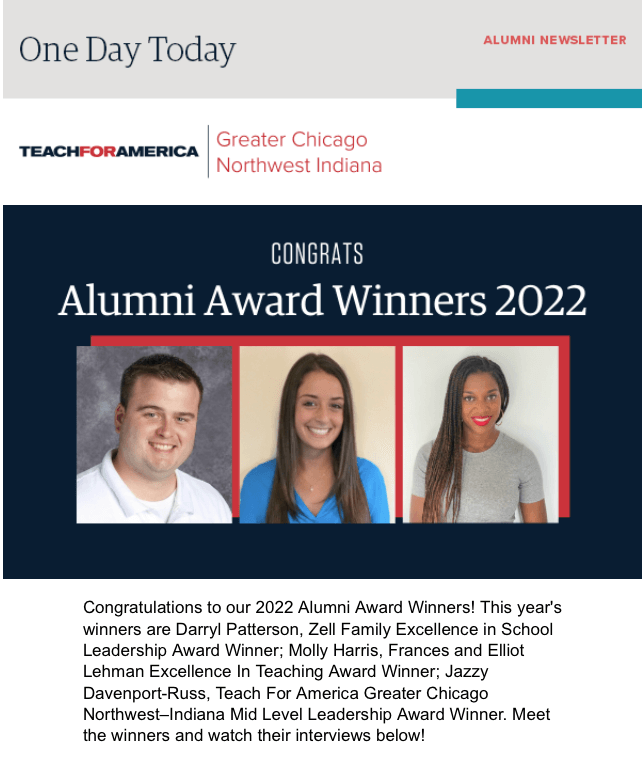Embracing an Inclusive and Challenging Curriculum
Virtual Reality Pilots
Given this decade’s anticipated technological advances, we have set out to build an infrastructure that absorbs, tests, and ultimately codifies a vision for the “2030 Classroom.” To that end, we are working on investing in both human capital and hardware to bring this vision to life. We’re looking forward to selecting our most talented, tech-savvy teachers to evaluate today’s tools and experiment with tomorrow’s technologies. Specifically, we hope to pilot tools that leverage Artificial Intelligence and Web3 for educational purposes.
We also know that students learn best via experiential opportunities, as opposed to memorizing information à la the 19th century industrial schools model. Virtual reality provides students with immersive, learn-by-doing experiences. It has already proliferated post-secondary institutions and developers are rapidly building content for K-12.
This spring, our pilot includes: ensuring that each middle school campus is equipped with a set of virtual reality headsets and hardware, an algebra pilot using modules from Prisms VR, and virtual field trips.
“Virtual reality is about to change the way we teach and learn. You can have students engage with an algebraic equation on paper or you can have them engage with it in an immersive environment that includes movement, discovery, and real-world application. The latter will have a more lasting impact on teaching and learning.” -Monika Patel, KIPP Chicago Achievement Director, Science
Teach for America Alumni Award Winner: Molly Harris
Molly Harris, 6th grade Social Studies teacher and Department Chair at KIPP Academy Chicago, was recently recognized as a winner of the Frances and Elliot Lehman Excellence in Teaching Award. This award recognizes outstanding culturally responsive teaching that empowers students in learning and in life. Molly says, “When I think about some of the greatest classes I’ve ever had, they involve me speaking very little. My goal is to create a student-led classroom where they are talking about issues that they care about, analyzing different perspectives on the issues, representing different stakeholders, and sharing their ideas on how we can come up with solutions for society…I want my students to believe in the power of their opinions and perspectives to create change in our world.” Check out her interview here. Congratulations, Molly!

English & Language Arts and Visual Arts Projects
As we work to integrate more arts lessons into the curriculum of core subjects, we introduced four art projects to 5th-8th grade English & Language Arts (ELA) classes. Each art project was integrated into the learning from the current ELA unit. As Mr. Zuniga’s 5th graders wrapped up their unit on humans and nature, they used natural elements to create a cyanotype print. Students in 6th grade read pieces by female artists, like Faviana Rodriguez, who uses printmaking to communicate her activist messages, then created their own collagraph prints. As Ms. Love’s 7th graders finished their unit on space, reading about the often overlooked contributors to the field, they re-created an Afrofuturism lesson from our CMASJ exhibition, Springtime on Neptune. In 8th grade with Ms. Donelson, there is a unit on food systems and food choices which lent itself perfectly to another CMASJ art project from the Food for Thought exhibition. This lesson is a multi-step process to creating a watercolor illustration of food. Students then researched to find the ingredients from the painted food, tracing them back to their sources.
BHM Equiano IG Live + Dusable Museum
On February 16th, 2022 a feature film about the life of Olaudah Equiano was released on Instagram by Stelo Stories, in partnership with the DuSable Museum of African American History, the oldest independent Black history museum in the United States. Equiano was a man kidnapped and enslaved as a child in Africa who eventually became a bestselling author and played an instrumental role in the abolition of the slave trade. This film, which highlights the year of his capture, uniquely tells the story using today’s tools, a smartphone and Instagram account.
DuSable Museum of African American History, graciously offered to facilitate a virtual tour of their Equiano exhibit following our KIPP Chicago watch party, along with a talk back that allowed students to ask questions directly to the museum staff. Students from every KIPP Chicago middle school engaged in the watch party and the following question and answer session. We’re so grateful to DuSable for this incredible opportunity during Black History Month.
